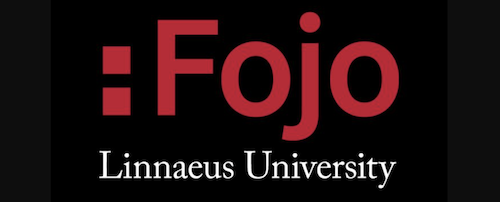 Find out how to make the best use of the training material on Media Helping Media.
Find out how to make the best use of the training material on Media Helping Media.
How to create a broadcast news package
Discover how to create concise, compelling TV and radio packages that capture audience attention and deliver information effectively.
Shoe-leather reporting
Despite the influx of digital information, the foundational skills of "shoe-leather reporting", involving direct contact, investigation, and verification, remain essential for journalists in the modern newsroom.
 Check our Facebook page for regular updates from Media Helping Media.
Check our Facebook page for regular updates from Media Helping Media.
 Media Helping Media provides free journalism and media management training resources.
Media Helping Media provides free journalism and media management training resources.
 The content on Media Helping Media (MHM) is released via Creative Commons BY NC SA 4.0.
The content on Media Helping Media (MHM) is released via Creative Commons BY NC SA 4.0.
 Media Helping Media is proud to be hosted by the Fojo Media Institute.
Media Helping Media is proud to be hosted by the Fojo Media Institute.
Forms of information disorder
With the spread of fake news, journalists need to recognise and understand the different categories, types, elements, and phases of information disorder.
The importance of keeping records
Journalists who want to inform the audience need to keep records so that they can add context to breaking news stories without having to rely on others for background information
Updating an online news item
Journalists working on a news website are responsible for publishing content on every device their users to turn to in order to access information.
Unconscious bias and journalism
Bias is a prejudice or favour for or against an individual or group. It is often an inaccurate and unfair judgement. We are all biased. It’s normal, although it is not desirable.
Is your journalism ethical?
Reliable journalism is based on applying strict editorial ethics to all we do so that we can examine the issues that have the most impact on the lives of our audience.
Offence and journalism
Journalists must ensure that the material they use in coverage has a clear editorial purpose. Where that material is likely to offend, there need to be clear warnings of what is coming up.
In-depth proactive journalism
Proactive journalism is an approach to newsgathering where reporters take the initiative in seeking out stories.
When a ‘big story’ breaks
Big stories happen out of the blue. And when they do newsrooms have to spring into action immediately.
Convergence: workflows, roles and responsibilities
A converged newsroom operates like a 'content factory', with a centralised 'command and control' desk responsible for all news intake, production and output.
The skills of media project management
If you are planning a media project - whether it be a new programme, covering a live event, launching a new product, there are certain rules you should observe.
Collaborative journalism explained
Newsroom collaborations are a powerful way to bolster and broaden journalism, allowing all types of organisations, from established global media to new digital ventures and local community sites, to produce original, in-depth, investigative reports.
Knowing your audience
Identifying the target audience and discovering the information needs of readers, listeners and viewers, is essential for formulating an editorial proposition.
Interviewing integrity – scenario
In this scenario, an award-winning journalist is offered a top job at national TV station, but soon after starting her new job she discovers corruption in the media house.
Doorstepping – scenario
You are a local newspaper reporter sent out to doorstep a bereaved family but you lie to your news editor because you are reluctant to intrude on their grief.
Off-the-record chat – scenario
In this scenario we look at what a journalist should do with off-the-record information when it relates to a major news event.
Wanted, your media know-how
Have you got any journalism expertise that you are willing to share with others? If so, please get in touch.
What it takes to be a media trainer
Media trainers must have recent, valid experience of all they teach. They will not earn the respect of course participants if they can't relate to the issues they face.
Media training requirements
For international media training to be successful, tried, tested and proven case studies from a similar region are needed.